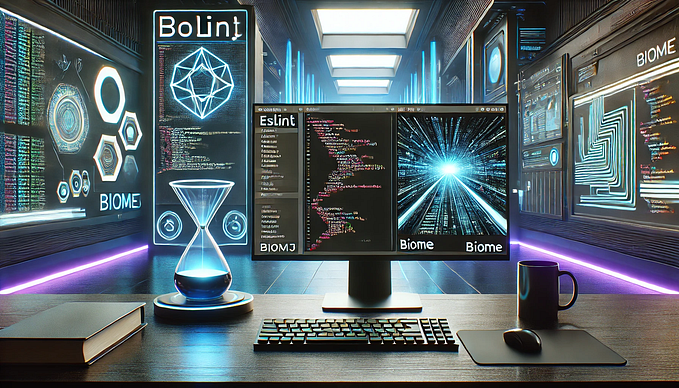AI in Design: Streamlining Workflows and Increasing Efficiency
Artificial intelligence (AI) has emerged as a game-changer for designers. By offering a suite of powerful tools, AI enables designers to streamline their workflows, reduce manual coding, and increase efficiency. With AI, designers can automate repetitive tasks, saving time and energy while focusing on creative and strategic aspects of their work.

Benefits of AI in Design
Automating Repetitive Tasks
One of the most significant benefits of AI is the ability to automate repetitive tasks. AI-driven tools, such as Sketch2Code, use machine learning algorithms to transform the visual design of an application or website into functional code. This not only saves time but also reduces the need for manual coding, which can be both time-consuming and error-prone.
According to Microsoft, Sketch2Code has already generated more than 30,000 lines of functional HTML code, proving the effectiveness of AI-driven tools.
Source: [Microsoft Research, Sketch2Code: Making Sketches Usable, Sharable and Easier to Find](https://www.microsoft.com/en-us/research/publication/sketch2code-making-sketches-usable-sharable-and-easier-to-find/)
However, it is important to note that AI tools cannot solely rely on them to code. While AI can automate a lot of the workload, it still requires a strong foundation in traditional coding skills. Algorithms can sometimes be unpredictable, and unexpected results may require human intervention to address. Therefore, designers must have a thorough understanding of coding best practices and be capable of coding from scratch.
Balancing AI-Generated Code with Creativity and Strategic Thinking
Another crucial aspect to consider is that AI tools can only generate the code that they are programmed to create. As a result, these tools often create generic code, with limited room for originality or customization. Designers must strike a balance between utilizing the AI-generated code and adding their unique design touches, either through custom coding or manual refinement.
Thus, while AI can help streamline a design process, it is crucial to balance its use with creativity and strategic thinking.
Source: [Adobe, The Future of Creativity and AI](https://www.adobe.com/content/dam/acom/en/enterprise/pdfs/pdf/The_Future_of_Creativity_and_AI.pdf)
Conclusion
AI offers many benefits to designers, from automating repetitive tasks to refining designs for optimal user experience. However, designers still require traditional coding and programming skills to make the most of AI’s potential. By using AI as a helpful assistant and balancing it with creativity and strategic thinking, designers can make their workflow more efficient while unleashing innovative digital solutions.
In conclusion, AI is transforming the design industry and has become an indispensable tool for designers to improve productivity and achieve effective results.
As a UX designer, it’s important to stay up-to-date with the latest trends and technologies in the field. I hope this article has provided some insights into the challenges and opportunities of designing for AI-powered systems.
If you enjoyed this article, be sure to follow me on Medium for more articles on UX design, product design, and digital transformation. Let’s continue the conversation and share our experiences as designers in the age of AI.






